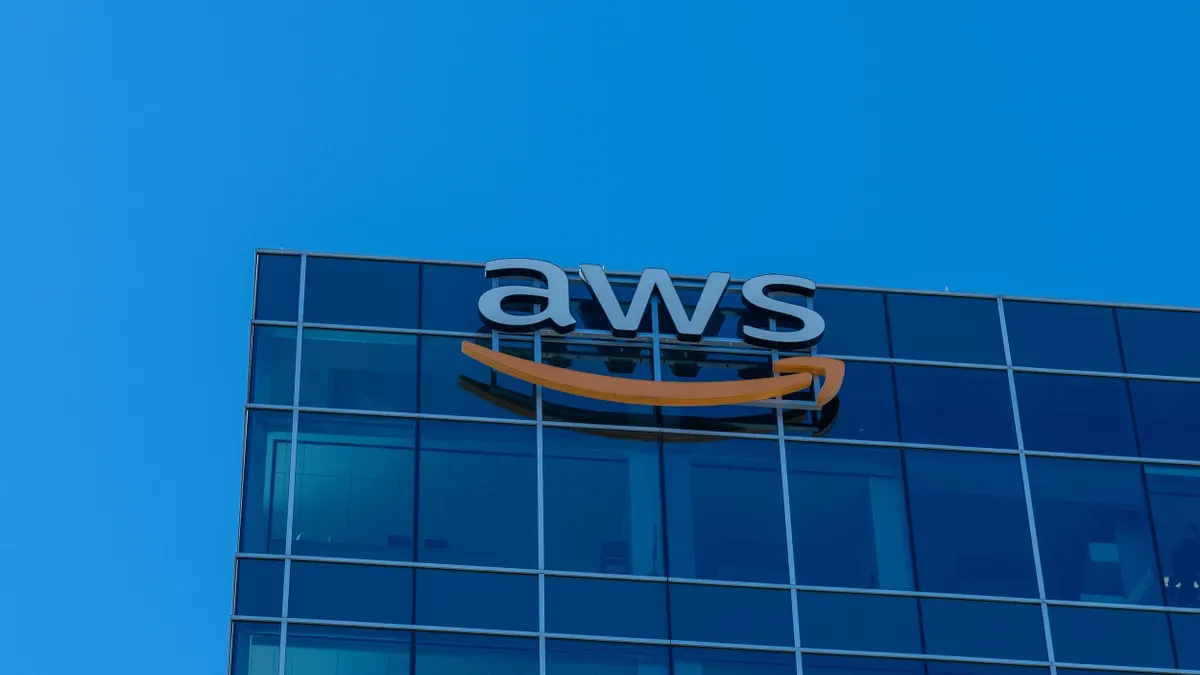Chick-fil-A perfected its secret chicken recipe decades ago, but finalizing its service and support for staff is still underway.
A company's employee support center is an understated hero. Behind the scenes, it keeps businesses running while things may not be going as planned: a broken register, a payroll gaffe and so on.
Yet for many companies, support centers can be chaotic and siloed. Chick-fil-A disrupted its support model because of this.
Before Chick-fil-A Help was launched, helplines for staffers across Chick-fil-A locations were at the bottom of its internal home page. From there, operators and team members had to decipher which helpline would best accommodate their needs. Employees found it difficult to figure out the appropriate helpline for their issues and that caused confusion, frustration and unresolved issues.
In September 2015, Chick-fil-A started designing a new support model which needed to be presented to the executive committee by December.
"Chick-fil-A is a very relational company," said Joanie Per-Lee, director, at Chick-fil-A, speaking at Service Management World in Orlando, Florida last week. Because of this, the company wants there to always be the opportunity to call someone for help.
Everyone has to follow the same recipe
Before any changes were made, helplines were only accessible from 8 a.m. to 6 p.m. on the West Coast. IT was the only 24-hour helpline available to employees.
There were also inconsistencies in the support experience. Each department's helpline, like payroll, marketing and IT, used its own methods for organization. Marketing was using Excel, IT was using SupportNow and Supply Chain was using Falcon to track and organize calls and tickets.
Every support team needed to get on the same page if the company wanted to streamline support services. "Like the recipe for the chicken sandwich, everyone's got to follow the same recipe," said Tony Letts, senior manager of Service Desk at Chick-fil-A, while speaking at the same conference.
Letts helped move the IT support area to be more inclusive of all departmental support. By doing this, support staffers could see every issue of locations, not just the ones from different departments and capture any repeat issues all in one place.
Sometimes restaurant staff wouldn't know what department to call to address their concerns. So the company went directly to the vice presidents of each the department that would impacted by the helpline changes.
Department representatives needed to know that changes were "not consensus decisions, but a consecutive decision," said Per-Lee. The representatives needed to be educated on how long the change in the support model would take, what the expectations and objectives were.
Chick-fil-A wanted its locations "to see us as an on-demand support center," said Letts.
It also helps the support teams to be more in tune with all the different changes Chick-fil-A is rolling out to its locations. A unified support system in Chick-fil-A Help "allows us to be a really strong advocate" for restaurants, said Letts.
How things work
Helps centers don't directly contribute to business value and yet they are vital for optimal functionality. Chick-fil-A is famously closed on Sundays so its helplines only have to be 24/6. But when transitioning to a shared support model, support staff also had to change.
Support staff from other departments were not trained to cover areas outside of their department's focus. IT, however, was. This is because about 70% of call volume comes from IT and about 80% of calls can be handled at the first level of response, according to Letts.
IT support staff spent about a year to train for other departments, Letts said. "For them it was a development opportunity" and there was a lot of excitement around building skills.
However, for other departments, the transition to a 24/6 helpline model "was a real mental shift," said Per-Lee.
Support staffers for departments like payroll and marketing were to used to a "freeform" model where they could send calls to voicemail or leave the call center for lunch with no one there to receive calls. The new model of Chick-fil-A Help required support employees to take staggered lunches and adapt to an ever-present working model.
But streamlining Chick-fil-A's support center took more than cross training employees. IT is a "ServiceNow shop," said Letts and so support employees moved over all tickets to be created in that platform. In doing so, the support staff became a "central collection point" for what was happening in restaurants.
While Letts admits the process can still be messy, despite a unified support model, the company can still collect more organized insights for things like new roll outs or ordering supplies.
Chick-fil-A Help is "as close to the restaurants as it gets," said Per-Lee.
Technology is as crucial for Chick-fil-A as those two pickles on every chicken sandwich. Per-Lee wants to see how technology can organize processes and where it can alleviate responsibility from humans.
However, she doesn't report to Chick-fil-A's CIO. Per-Lee reports to Corporate Services and gives her the ability to be "quite candid" about "challenging conversations." However, she does expect a future company restructure to change that model.
Over the next three years Chick-fil-A is aiming to maximize its use of ServiceNow, create a command center for proactive monitoring and response and ultimately adopt enterprise knowledge management.






















